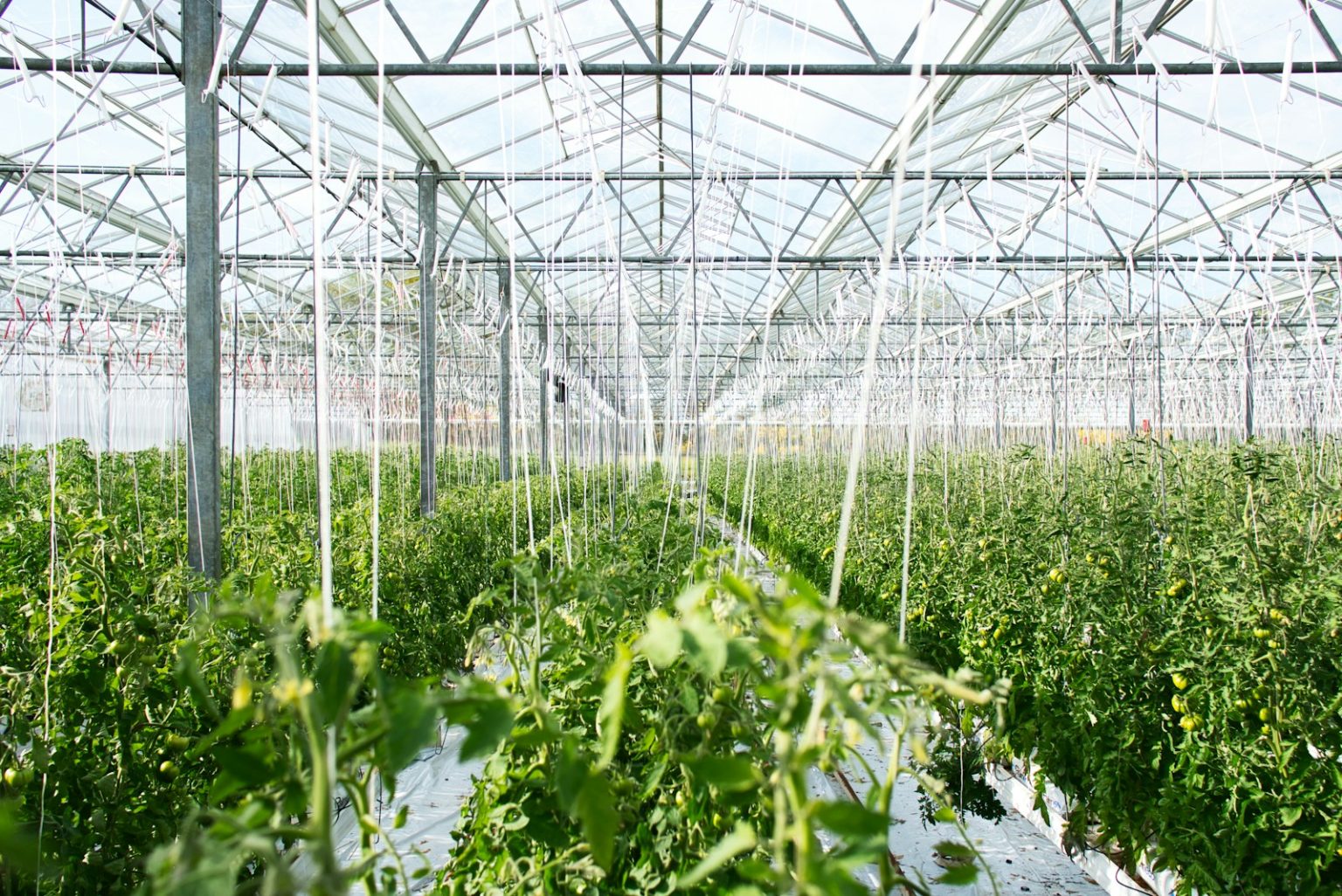Nanotechnology, with its infinitesimal scale, has quietly infiltrated various industrial domains, from electronics to healthcare. Yet, its latest foray into agriculture, particularly through the emergence of nano-enabled pesticides, has sparked both hope and concern among scientists and environmentalists alike.
In a recent study conducted by a team of environmental scientists, published in a leading scientific journal, the potential hazards of integrating nanomaterials into pesticide formulations have been underscored. Despite the touted benefits of enhanced efficiency and reduced environmental impact, experts caution that the risks may outweigh the rewards.
The allure of nanotechnology lies in its capacity to revolutionise existing paradigms, offering solutions that seemed unattainable just a few years ago. Nano-enabled pesticides, encapsulating pesticide molecules within carriers smaller than a grain of sand, present a tantalising prospect for bolstering crop protection while mitigating environmental harm.
Advocates argue that these miniature carriers could enhance pesticide adhesion to crops, improve absorption by pests, and enable controlled release mechanisms, thereby minimising overall pesticide usage. However, the optimism surrounding these innovations is tempered by concerns regarding their unintended consequences.
Chief among these concerns is the potential for nanomaterials to exert harmful effects on non-target organisms and the environment at large. While nano-enabled pesticides may offer superior pest control capabilities, their heightened bioavailability and prolonged persistence in soil and water ecosystems raise red flags for ecologists and conservationists.
Drawing parallels to previous instances of nano-hype, such as exaggerated claims in medical applications and consumer products, experts caution against over-reliance on nanotechnology as a panacea. Instances of regulatory action, such as the EU’s ban on titanium dioxide nanoparticles in food colourants due to genotoxicity concerns, serve as sobering reminders of the need for prudence in embracing novel technologies.
The crux of the matter lies in striking a delicate balance between innovation and safeguarding ecological integrity. While nano-enabled pesticides hold promise in addressing the inefficiencies inherent in conventional pesticide applications, their potential ecological footprint demands rigorous evaluation and regulatory scrutiny.
Amidst the burgeoning market debut of nano-enabled pesticides in North America and the imminent prospects of their introduction in other regions, including the EU, the onus falls on regulatory bodies to tread cautiously. The authors of the study advocate for a proactive approach, urging regulators to weigh the environmental risks against the purported benefits before granting market approval.
As the agricultural sector stands on the precipice of a paradigm shift in pest management practices, stakeholders must exercise vigilance in navigating this uncharted terrain. While the allure of technological innovation is undeniable, the imperative of safeguarding environmental resilience and human health must not be overshadowed.
In conclusion, the integration of nanotechnology into agriculture heralds both promise and peril. It is incumbent upon policymakers, industry stakeholders, and the scientific community to collaboratively chart a course that maximises the benefits of innovation while minimising its potential pitfalls. Only through informed decision-making and responsible stewardship can we ensure a sustainable future for agriculture and the environment alike.


